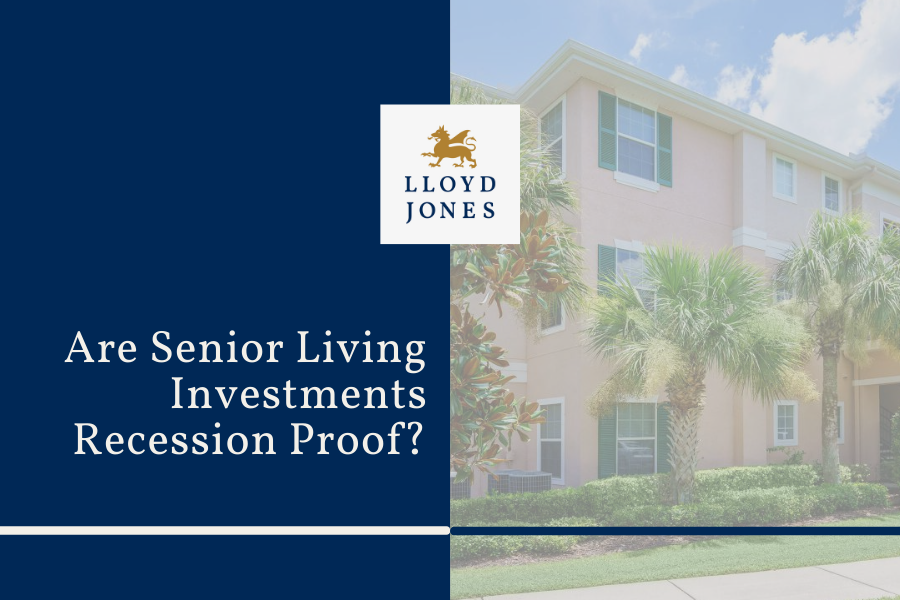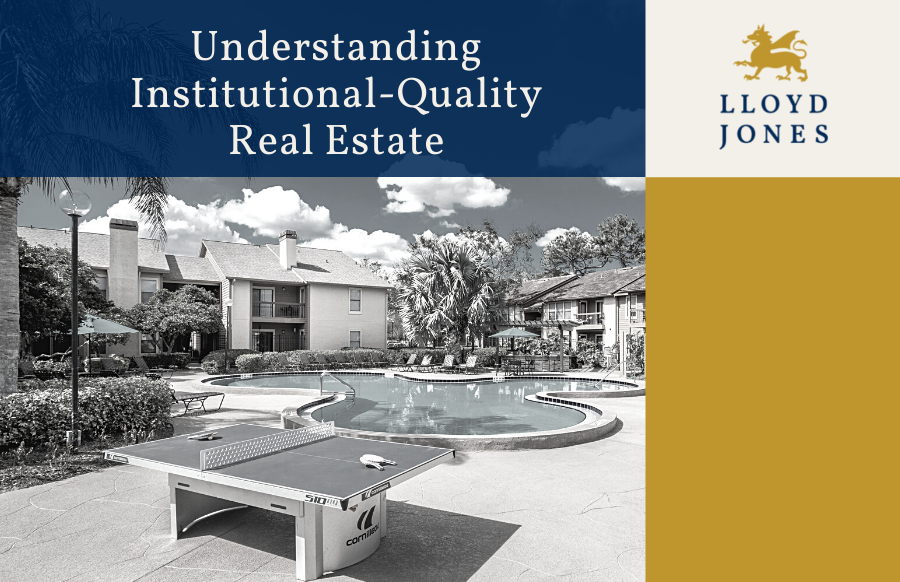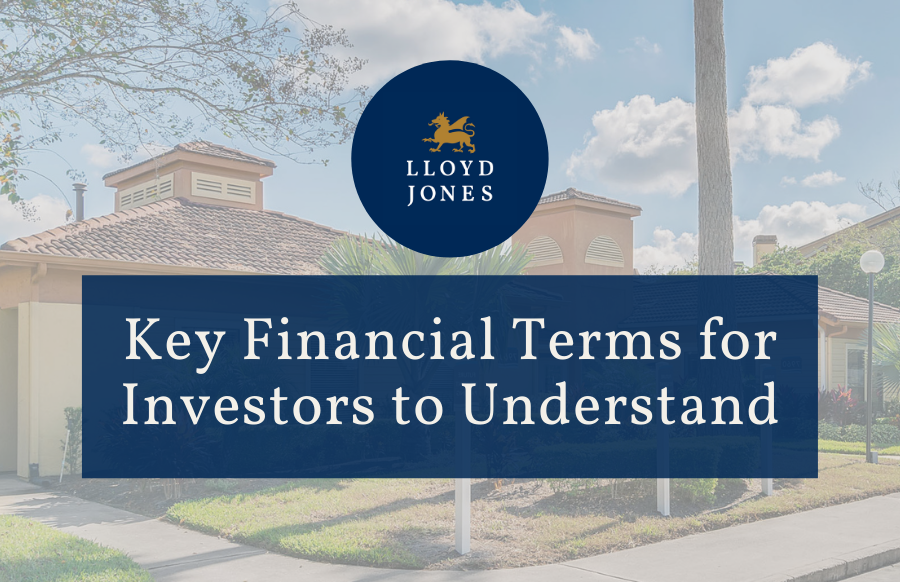
In the search for stable, high-yield, low-risk investments, the question of investments being recession-proof may have crossed your mind. As long-term investors, we are tasked with investing in assets that will provide a stable return over long periods of time, maintaining the integrity of our portfolios.
Researching the various options of where to invest can sometimes raise more questions than answers about the stability of a particular asset class. One body of research may allude to one thing, while the next article can point in a completely different direction.
If you’re considering real estate as an investment, you’ve come across one of the most historically stable investments available, and though the initial cost of an investment can be high, the returns provided by real estate can be consistent, even when other investments are experiencing volatility.
To take it a step further, some real estate subtypes are thought of as more stable, while others carry a higher level of risk.
Senior housing is one of the more stable real estate asset classes as it seems to operate outside the otherwise cyclical nature of our economy.
While the senior housing industry as a whole suffered occupancy dips due to health and safety concerns in 2020 and 2021, widespread availability of the COVID-19 vaccine and pent up demand allowed nationwide occupancy rates to begin to uptick during Q3, 2021. This presents investors with a rare opportunity to invest in an asset class that has artificially suffered subdued demand and pricing, at the precise moment it is on the rebound and before pricing increases to reach demand/supply equilibrium.
An aging U.S. population contributing to increased demand for more senior housing units; difficulty finding quality, qualified in-home caregivers; and growing interest from investors are among the top contributing factors to senior housing’s success as an investment.
Here, we will consider America’s history with recessions, taking a look at several of the more recent recessions we’ve experienced, then look into why senior housing as an investment is continuing to gain popularity with investors, and finally answer the question of whether senior housing is a recession-proof investment.
Related: Lloyd Jones Senior Living ranks in Argentum’s 150 Largest Providers List for 2021
The History of American Recessions
The National Bureau of Economic Research (NBER) is a private, nonpartisan organization that tracks the economy and conducts research on major economic events. One of the main roles of this department is determining when recessions begin and end, helping measure the impact of financial downturns over time.
There have been nearly 50 recessions recorded in the U.S. since the late 1700s and 15 recessions from 1900 – 2021. Several economic indicators are measured and tracked, and when there is a notable drop for more than several months, it is said the economy is experiencing a recession.
When the GDP begins to grow, the recession is over. But, if the economy remains depressed for several years, as opposed to several quarters, it is considered a depression. The NBER watches real GDP, income, employment, manufacturing, and retail sales.
Due to the nature of recessions, they can be caused by many factors, including loss of confidence in the economy, high-interest rates, stock market crash, falling housing prices, deregulation, wage-price controls, post-war slowdowns, credit crunches, asset bubble bursts, and deflation. Also, the impact of recessions can vary depending on several factors.
We are not strangers to the discomfort recessions can create, nor the lasting impact they can have on businesses and an individual’s financial status. Memories of some of the more recent recessions stick with us and, for some, have guided the way we approach saving, spending, and investing.
The lessons learned have driven some to develop a much more fiscally conservative approach than they had in the past.
A few recent recessions:
2020 Recession: In April 2020, due to the COVID-19 pandemic, the economy lost 20.8 million jobs, leading to a sustained elevation in the unemployment rate (remaining in double digits from April to August with a peak of 14.7%). The loss of jobs across the country caused the economy to contract by 31.4%.
2008-09 Recession: The Great Recession was the longest downturn since the Great Depression in the late 1920s. This recession was caused by a housing-bubble burst after subprime mortgages led to a banking crisis.
2001 Recession: Caused by the famed “dot-com bust,” this recession lasted just eight months, and the economy experienced a decline in GDP of -1.1% in Q1 of 2001 and -1.7% in Q3. Meanwhile, unemployment rose to 6.3% in 2003
1990 – 1991 Recession: In 1989, several factors, including the savings and loan crisis (failure of 1,034 of the 3,234 savings and loan associations in the U.S.), Iraq’s invasion of Kuwait, and elevated interest rates sent the economy into recession. GDP declined two quarters in a row, down 3.6% in Q4 of 1990 and 1.9% in Q1 of 1991.
As evidenced by the impact of recessions the U.S. economy has experienced, the effects can be far-reaching, including negatively impacting real estate investments that are closely tied to the performance of the economy. To a certain degree, senior-housing investments have lived outside the cyclical nature of the economy.
If you are interested in senior-living facility management, consider hiring a third-party management solution like Lloyd Jones. Learn more about how we can help you.
Why Are Senior-Living Facilities in Such High Demand?
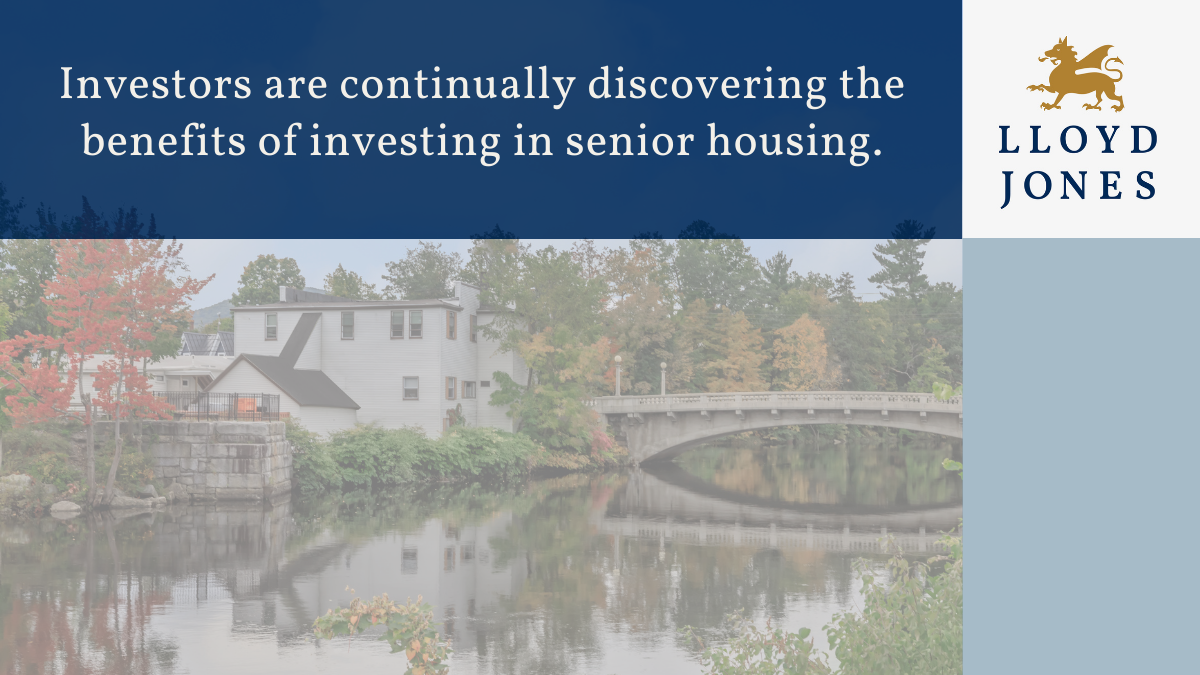
As an investment, senior-living facilities have been in high demand for the last few decades and are projected to continue their rise in popularity for the foreseeable future.
But, what is causing sustained interest in the asset class?
The answer is multifaceted. 1) the American population is aging, 2) in-home caregivers are becoming increasingly difficult to find and hire, and 3) investors are continually discovering the benefits of investing in senior housing.
The American population has grown considerably since 1900 and will continue to grow even though the growth rate has slowed in the last several years.
In July of 1900, the recorded U.S. population was 76.09 million. By December of 2020, the population had grown to a staggering 330.66 million people, a 334.56% change. And, while growth has occurred across all age groups, some groups have grown at a healthier pace than others.
For comparison, the silent generation (born between 1929 and 1945) saw 45,000,000 births, while there were 76,000,000 born during the baby boomer generation (1946-1964). No generation since has experienced as many births as the baby boomers.
Keeping these two generations in mind during the senior housing conversation is important because large numbers of each are still living and either at or approaching retirement age.
In 2021, the remaining silent generation (population is approximately 21.78 million) are between 76 and 92 years old, and baby boomers (population approximately 70.68 million) are between 57 and 75 years old. As the population ages, the demand for senior housing will rise, creating opportunities for investors who want a stable, long-term investment option
According to consumeraffairs.com, about 7 out of 10 people will live in a senior-living facility at some point in their lives, and today about 2% of the total U.S. population live in assisted- living facilities and another 4% live in nursing homes.
It is estimated that an additional 986,000 senior living units will be required by 2040. A report by Boston College’s Center for Retirement Research indicates that 63% of people now 65+ will experience severe or moderate need for care during their lives.
These statistics do not even address the growing population of active seniors that move to senior housing by choice, for socialization, single-story living, activities, and the care-free lifestyle these communities offer.
In-home care is a popular alternative to moving into senior living. For some, this is the right choice, but for others, the cost of maintaining a home and hiring in-home care specialists can quickly become cost-prohibitive.
Additionally, due to the high demand for in-home caregivers, it is becoming increasingly difficult to find and hire qualified people. Workers have seemingly stayed away from in-home health care jobs because of the low wages, lack of benefits, and taxing workload (both physically and emotionally). And when companies can hire, they often experience high turnover rates for the same reasons, making it difficult to hire for vacant positions. A shortage of workers leads to long waitlists for patients needing in-home care.
Following the fundamental economic principle of supply and demand, the limited supply has created an increased demand by investors.
Theoretically, this will help spur new development projects, helping bridge the gap between the number of new units needed and the current supply.
In reality, however, it can take a long time (several years) for new developments to get to the construction phase and ultimately open. Governmental regulations specific to senior housing and getting the necessary entitlements (zoning, property use allowances, design approvals, building plans, etc.) are often the long leads when going through the process.
Obtaining the necessary approvals and the amount of time it takes for projects to get off the ground often limit the number of projects a developer is willing to take on; each project requires a large upfront and ongoing investment long before a facility will open and begin producing cash flow.
Related: Thoughts on the Looming Recession
Are Senior Living Investments Recession-Proof?
Real estate is thought of as one of the most stable investments out there, especially when compared to the volatility of the stock market.
It’s important to remember, however, there is always an inherent level of risk associated with any investment, including real estate. Further, different subcategories of real estate investments carry more potential for risk than others.
To reduce risk in senior-living investment, it is important to partner with an experienced sponsor that knows how to analyze and underwrite a senior housing asset. Operations, staffing, billing, marketing: all are unique to the industry and require specialized expertise.
Even in unstable economic conditions, senior housing remains relatively stable for its investors thanks to an aging population and consistent demand for new senior-housing units.
Are senior-living investments recession-proof?
While nothing is 100% predictable, and nothing is a “sure thing,” senior housing has a lower inherent risk than other investments because it is, for the most part, need-driven. And there’s not enough housing to fill those needs.
It’s important when vetting investment opportunities to do so while maintaining focus on what fits your investment profile best, taking into consideration your ideal rates of return, risk tolerance, and length of the investment. Due to the nature of the industry, senior housing commands above-average rates of return and often has a lower risk than other investments.
As mentioned previously, America’s population is getting older. In 2021, the median age of the population is 38.3 years old, up from 30.19 years old in 1950. While the median age hasn’t increased in a straight line (the median age dropped to a low of 28.41 years old in 1970), the trend is expected to remain positive.
The baby boomer generation experienced the highest number of births in recorded U.S. history, leading to the highest number of people over 55 years old. While there may still be time before the majority of baby boomers will be reliant on senior housing, the demand for units is already outpacing the supply, and the trend will only continue.
Since the age of the population exists outside of economic activity, senior housing will continue to be a recession-resistant investment.
Also read: How Does Stock Market Volatility Affect Multifamily Real Estate Investment?
Conclusion
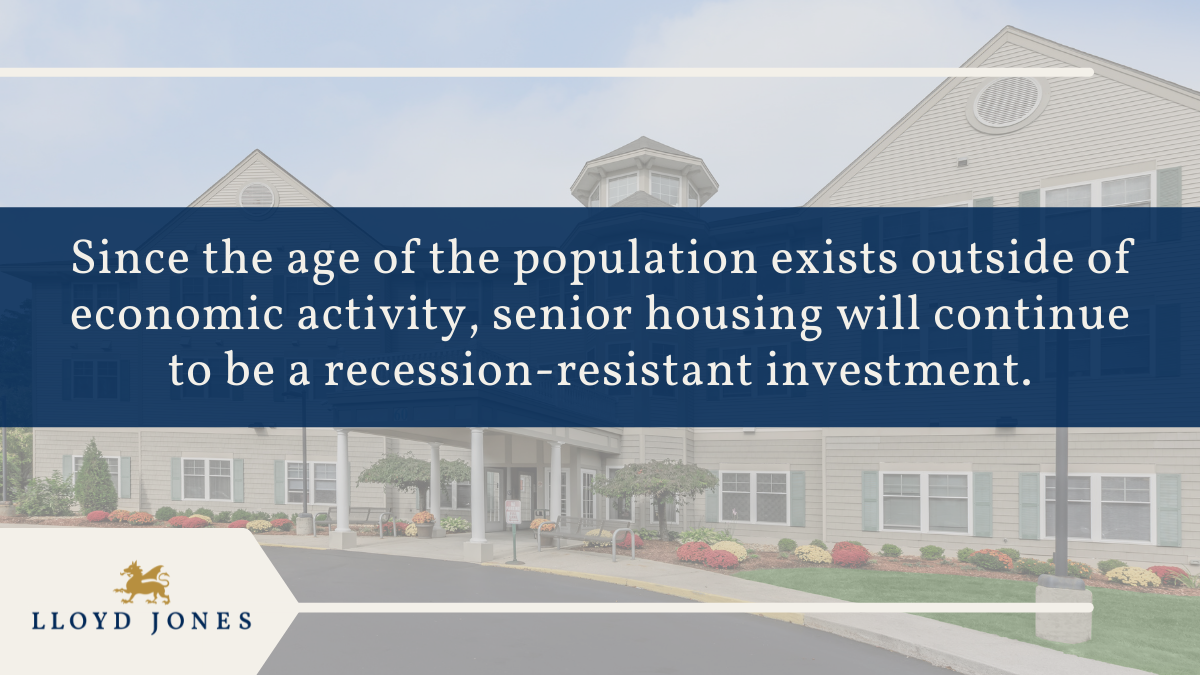
When it comes to finding the right place to invest, many have looked for the most resilient and recession-proof investment.
While it can be challenging to answer this question when sifting through research on several investment vehicles, it is clear some investments provide a more stable and lower-risk return than others. As outlined, senior housing is one asset class that fits into this category.
Senior-housing facilities provide invaluable services to the residents in their care, and each day, more people realize their need to move into a senior-housing facility to assist them with activities of daily living and for a higher level of care than they can receive at home.
Assisted living, memory care, and skilled nursing are need-driven choices which as much as 85% of the senior population could eventually need. At the same time, active seniors are gravitating to a new social, health- focused lifestyle in age-restricted communities creating unprecedented demand for independent living facilities.
It is impossible to convey with 100% certainty that senior housing is recession-proof because when a recession hits it affects the economy as a whole, which could include senior housing.
However, if history is any indicator, senior housing seems to operate outside the rest of the economy, relying on the continually aging U.S. population as the basis for continued demand and as the catalyst for new development and redevelopment projects.
Choose Lloyd Jones as your senior-living sponsor. Learn about how we can help you make the best choices when investing in senior-living investments.
